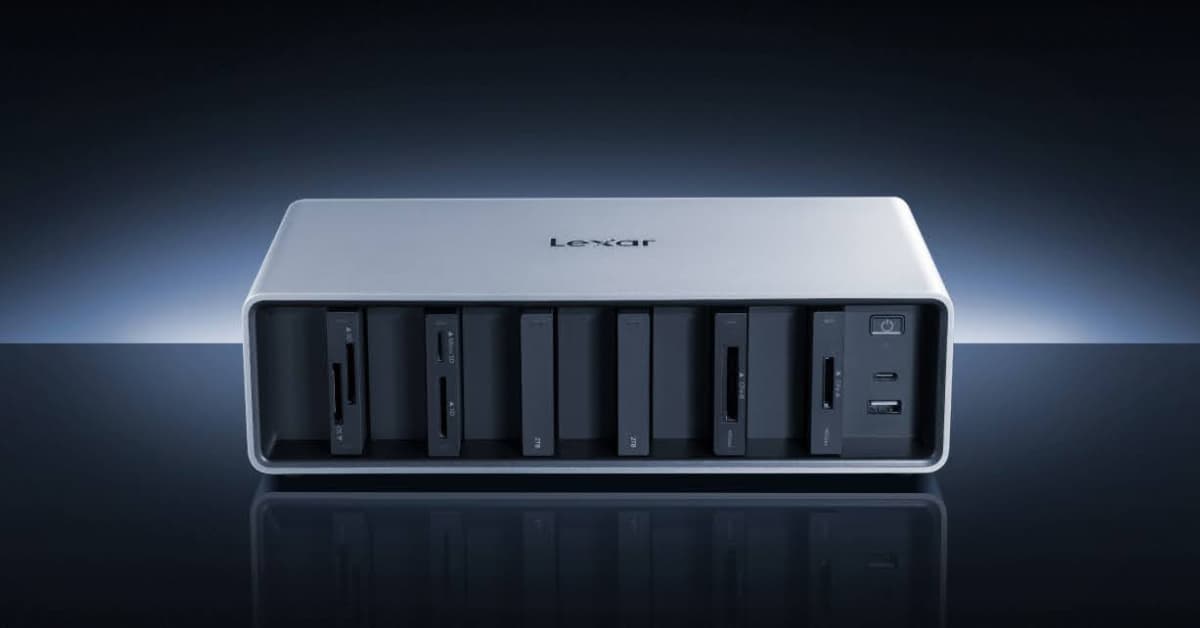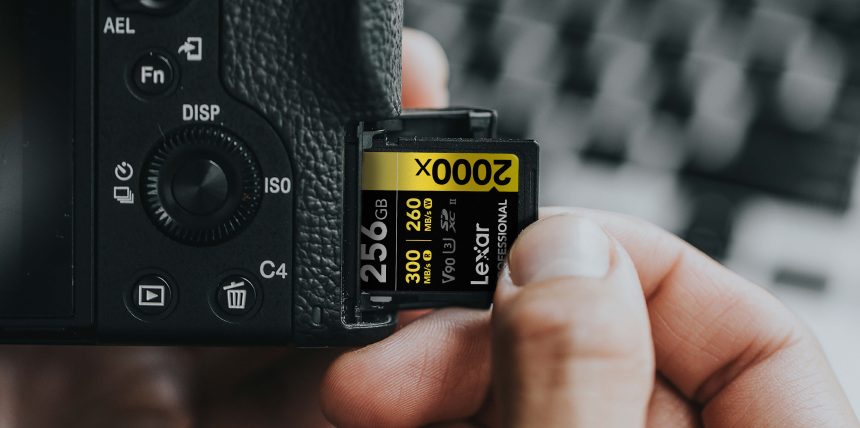
SD cards are essential tools for photographers and videographers, providing the expandable storage necessary for high-resolution images, 4K videos, and extensive game libraries.
It might be common knowledge, but we’ll say it anyway — the right SD card size can significantly enhance your creative experiences.
This guide will walk you through the different types of SD cards, their typical uses, key features to consider, and how to choose the right one for your device.
Understanding SD Cards
Secure Digital (SD) cards are a widely-used type of memory card, valued for their portability and ease of use.
Introduced in the late 1990s by the SD Association, SD cards quickly became the industry standard for portable storage. Over time, they have evolved to offer greater capacities and faster data transfer rates, meeting the increasing demands of digital media.
SD cards provide expandable storage for a variety of devices, including cameras and camcorders. They come in different sizes and capacities, tailored to various needs and applications.
The reliability and versatility of SD cards make them indispensable for creatives and tech enthusiasts who require robust storage solutions.
There are 4 Types of SD Cards
Understanding the different types of SD cards is crucial for selecting the right one for your needs. Here’s a breakdown of the primary SD card types:
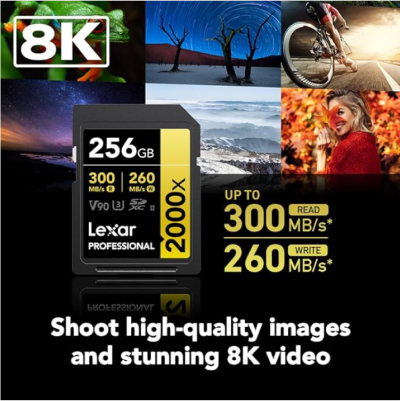
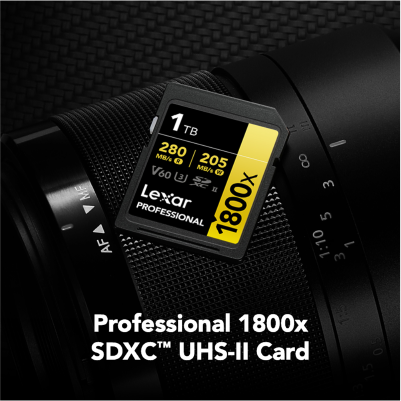
Standard SD Cards
Standard SD cards, the original form factor, measure 32mm x 24mm x 2.1mm. They typically range from 2GB to 2TB in storage capacity and are used in digital cameras, camcorders, and other larger devices. While they might seem bulky compared to their smaller counterparts, standard SD cards offer robust storage options for high-resolution photography and video recording.
SDHC (Secure Digital High Capacity) Cards
SDHC cards were developed to meet the need for greater storage capacity. These cards range from 32GB to 256GB and use the FAT32 file system. SDHC cards are common in devices that were popular about a decade ago but still hold relevance today due to their balance of capacity and affordability. They are ideal for everyday photography, HD video recording, and storing music and documents.
SDXC (Secure Digital Extended Capacity) Cards
SDXC cards are designed for modern devices that require large storage capacities. They range from 64GB to a massive 1TB, using the exFAT file system to handle large files seamlessly. SDXC cards are perfect for high-resolution video (4K and 8K), continuous burst mode photography, and other data-intensive applications. Professional photographers and videographers often rely on SDXC cards for their ample space and speed.
microSD Cards
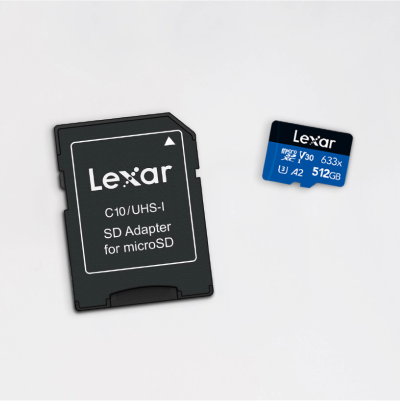
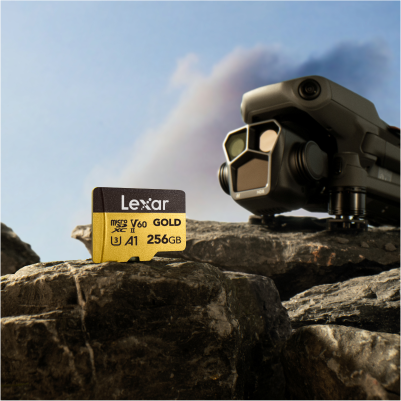
microSD cards are the smallest members of the SD card family, measuring just 15mm x 11mm x 1mm. Despite their size, microSD cards offer substantial storage capacities and high data transfer speeds. They come in two main variants:
- microSDHC: 32GB, ideal for HD video and photo storage.
- microSDXC: 128GB to 256GB, perfect for 4K video recording and large file storage.
microSD cards are widely used in smartphones, tablets, cameras, and some gaming consoles like the Steam Deck. With the use of an adapter, microSD cards can also be used in standard SD card slots, offering flexibility across different devices.
Speed Class: How Fast Are Your SD Cards?
The speed class of your SD card, or memory card, is crucial for ensuring smooth performance in your devices, particularly for demanding tasks like high-resolution photography and video recording. You can think of speed class as the highway speed limit for data traveling on and off the card.
Speed Class Ratings
SD cards are classified by their speed class, indicating their minimum sustained write speeds. The higher the class, the faster it can consistently write data.
- Class 2: Minimum write speed of 2MB/s
- Class 4: Minimum write speed of 4MB/s
- Class 6: Minimum write speed of 6MB/s
- Class 10: Minimum write speed of 10MB/s
The speed class is generally suitable when shopping for video recording cards since you’ll be continually writing to the card. Look for Class 10 cards for Full HD video. You might want to explore UHS speed classes for even better performance, which brings us to our next point.
UHS (Ultra High Speed) Speed Class
For higher resolutions and frame rates, SDHC and SDXC cards have a faster interface known as UHS. This means faster data transfers. They’re crucial for 4K and higher video recordings, and shooting bursts of RAW photos in high-speed continuous modes.
- UHS Speed Class 1 (U1): Minimum write speed of 10MB/s.
- UHS Speed Class 3 (U3): Minimum write speed of 30MB/s. This class is a must for seamless 4K video recording.
Video Speed Class
For those venturing into professional filmmaking, 8K recording, 360-degree videos, or even video streaming, there’s another speed class – Video Speed Class. This provides an additional layer of speed and performance.
| Class | Minimum Write Speed (MB/s) | Typical Use Case |
| V6 | 6 | Standard definition video recording |
| V10 | 10 | Full HD video recording |
| V30 | 30 | 4K video recording |
| V60 | 60 | 8K video recording, high-resolution burst shooting |
| V90 | 90 | Professional video recording at the highest quality |
What Does “x” Speed Rating Mean?
You might notice different speed ratings on our SD cards. Let’s break them down:
Legacy “x” Speed Ratings: Our flagship SD cards still use this familiar system:
- 2000x SD card
- 1800x SD card
- 1667x SD card
These numbers give you a quick reference for card speed, especially useful for our longtime customers and certain applications.
New Naming Convention: We’re transitioning to a more intuitive naming system for our newest SD cards:
- SILVER
- GOLD
- DIAMOND
This new approach helps you easily identify the performance tier that best suits your needs.
Modern Speed Classes: For the most accurate measure of performance in today’s cameras and for demanding video work, look to these ratings:
- UHS Speed Class (e.g., U3)
- Video Speed Class (e.g., V30, V60, V90)
These classifications give you precise information about a card’s capabilities for high-resolution photography and 4K/8K video recording.
Write vs. Read Speed
Don’t just look at read speeds advertised on the package; they only reflect how fast you can transfer data from the SD card to a device. Focus also on “write speed,” the crucial factor for how quickly your device can store data. High write speeds are essential for avoiding buffering issues, especially with video.
Think of write speed as how fast you can record the moment, while read speed is how quickly you can replay it. You’ll need to pay attention to max read speed when looking at the packaging.
Key Features to Consider When Selecting an SD Card
When choosing an SD card, several key features should guide your decision to ensure optimal performance and compatibility with your device.
Storage Capacity
Storage capacity is a critical factor, as it determines how much data you can store. For photographers and videographers, higher capacities are essential to accommodate high-resolution images and videos.
Speed Classes and Ratings
The speed of an SD card affects how quickly data can be written to and read from the card. Understanding these classes is vital for tasks that require rapid data transfer:
- Speed Classes: Class 2, 4, 6, and 10, with Class 10 being the fastest and suitable for full HD video recording and high-resolution photography.
- UHS (Ultra High Speed) Classes: U1 and U3, with U3 supporting higher data rates for 4K video recording.
- Video Speed Classes (V Ratings): V6, V10, V30, V60, and V90, designed for high-resolution video recording.
- Application Performance Classes (A Ratings): A1 and A2, indicating performance levels for running apps on mobile devices.
Durability and Reliability
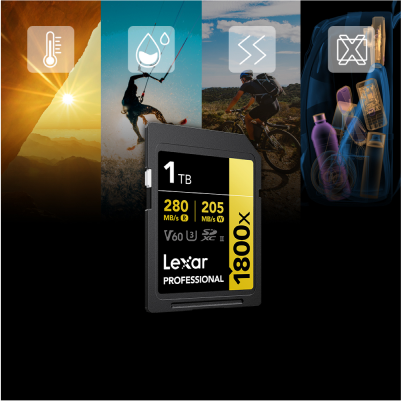

Durability is crucial, especially for professionals who work in challenging environments. Look for SD cards that are water-resistant, shockproof, and temperature-resistant to protect your data against environmental hazards. Reliability ensures that your card performs consistently over time, reducing the risk of data loss.
Brand and Warranty
Selecting SD cards from reputable brands is essential for quality and reliability. Brands like Lexar are known for their high standards and robust warranties. A good warranty can provide peace of mind, knowing that you are protected against potential defects and issues.
How to Choose the Right SD Card for Your Device
Selecting the right SD card involves more than just picking one with sufficient storage. It requires a thoughtful consideration of your specific needs and the compatibility of the card with your device.
Here’s a step-by-step guide to help you choose the perfect SD card for your equipment.
Step 1: Determine Your Primary Use
- Photography: If you’re a photographer, especially one dealing with high-resolution images or RAW files, you’ll need a card with ample storage and high write speeds. SDXC cards are often the best choice due to their large capacities.
- Video Recording: For videographers, especially those shooting in 4K or 8K, a card with a high-speed rating is essential. Look for cards with V30, V60, or V90 ratings to ensure smooth recording without dropped frames.
Step 2: Evaluate Storage Capacity Needs
- Photography: Depending on your shooting habits and the resolution of your images, a card with 64GB to 512GB might be suitable.
- Video: For 4K video, consider at least 128GB, and for 8K, go for 256GB or more.
Step 3: Matching SD Cards to Devices
Cameras and Camcorders
- High-Resolution Photography: For DSLR or mirrorless cameras shooting in RAW, SDXC cards with UHS-II speed ratings ensure quick write times and ample storage.
- 4K/8K Video Recording: Use SDXC cards with V30, V60, or V90 ratings. These cards handle large files and high bitrates efficiently.
Step 4: Balance Cost with Performance
While it might be tempting to go for the highest capacity and speed, balance your budget against your actual needs. For instance, if you’re primarily using the card for casual photography, a mid-range SDHC card might suffice.
Look for deals and sales on reputable brands to get the best value. Often, slightly older models of high-speed cards are available at discounted prices.
Higher capacity cards often offer a better value per gigabyte. If your budget allows, opting for a larger card can be more cost-effective in the long run and reduce the need for frequent replacements.
The Right SD Card Makes All the Difference
Choosing the right SD card can significantly impact your digital experience, whether you are a professional photographer, a videographer capturing cinematic footage, or a gamer with an extensive library. Understanding the different types of SD cards, from standard SD to microSD, and their respective capacities and speed ratings, is essential for making an informed decision.
Consider your specific needs: the storage capacity required for your projects, the speed necessary for your applications, and the durability needed for your working environment. Opting for reputable brands ensures reliability and often comes with robust warranties, offering peace of mind and safeguarding your valuable data.
Investing in the right SD card enhances your device’s performance, allowing you to focus on what you do best—capturing stunning imagery.
FAQs about SD cards
How do I know which SD card to buy?
It’s not as hard as it might seem. To determine which SD card is best for your needs, consider your device’s compatibility, how you’ll be using it, and your budget. Check your device’s manual to see which formats it supports (SD, SDHC, SDXC, SDUC).
Then think about the speed you need (based on what you will be storing on it). Next, choose a card size that provides enough storage space for your intended usage. The packaging will let you know things like sdhc class and if the card will work for jpg photos or raw photos.
Which is the best SD card to buy?
The “best” SD card is not a one-size-fits-all answer. It really depends on your individual requirements and the device you are using it in. For example, someone shooting professional 4K video needs different card specs than someone who wants to store photos on their smartphone.
But as general guidelines, look for reputable brands like Lexar. Then focus on selecting the appropriate UHS Speed Class or Video Speed Class for the resolutions and frame rates you’ll be working with.
Is there really a difference in SD cards?
Yes, absolutely. SD cards come in various formats, speeds, and capacities designed for different uses and device compatibility. Just like a professional photographer wouldn’t use the same camera as someone who takes casual snapshots, choosing the right SD card impacts performance, data storage capabilities, and overall functionality.
What is the SD card used for?
An SD card is used for storing digital files like photos, videos, apps, documents, and more.
They’re commonly used in devices like smartphones, cameras, tablets, drones, and even gaming consoles. Depending on the device, SD cards can store anything from music playlists to high-resolution 4K videos. Their compact size and portability make them a convenient way to expand storage or transfer files between devices.
What is the difference between SD card and memory card?
All SD cards are memory cards, but not all memory cards are SD cards.
“Memory card” is a broad term that refers to any small data storage device used in electronics. SD cards (Secure Digital cards) are one specific type. Other types of memory cards include microSD cards, CompactFlash, and CFexpress. The main differences lie in size, shape, speed, and compatibility. So, while SD cards are a kind of memory card, they’re not the only kind.
Are SD Card and SIM Card the same?
No — they serve completely different purposes.
An SD card stores media and files like photos and videos. A SIM card, on the other hand, connects your phone to a mobile network and holds your phone number and carrier information. While they may look similar in size, they are not interchangeable and cannot perform the same functions.
How do I see what’s stored on my SD card?
You can check the contents of your SD card using your device’s file manager or by connecting it to a computer.
On smartphones or tablets, open the file manager app and select the SD card folder to browse files. On cameras, you can preview stored photos or videos directly through the device. To view contents on a computer, insert the SD card using a built-in reader or adapter — your files should show up like they would on a USB drive.




